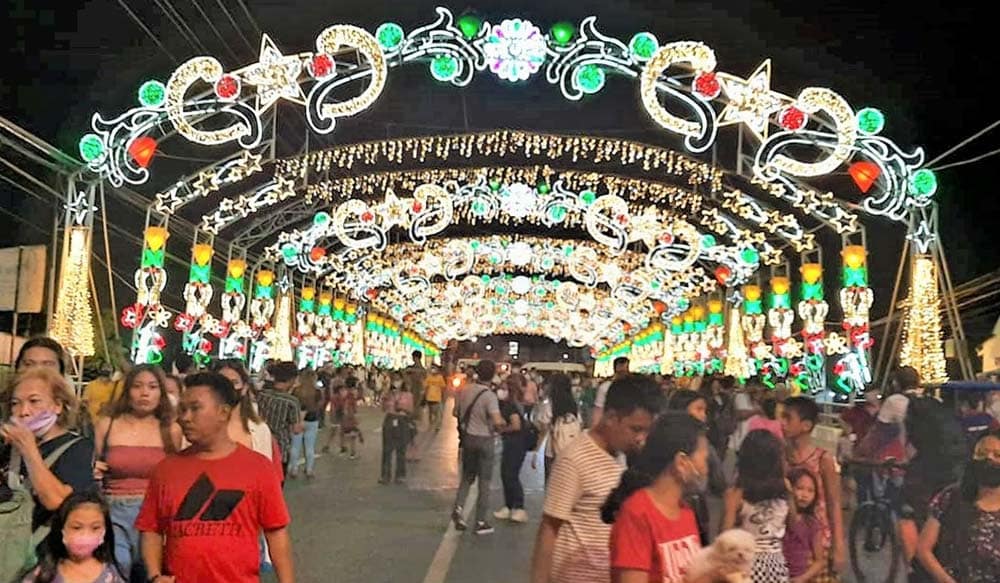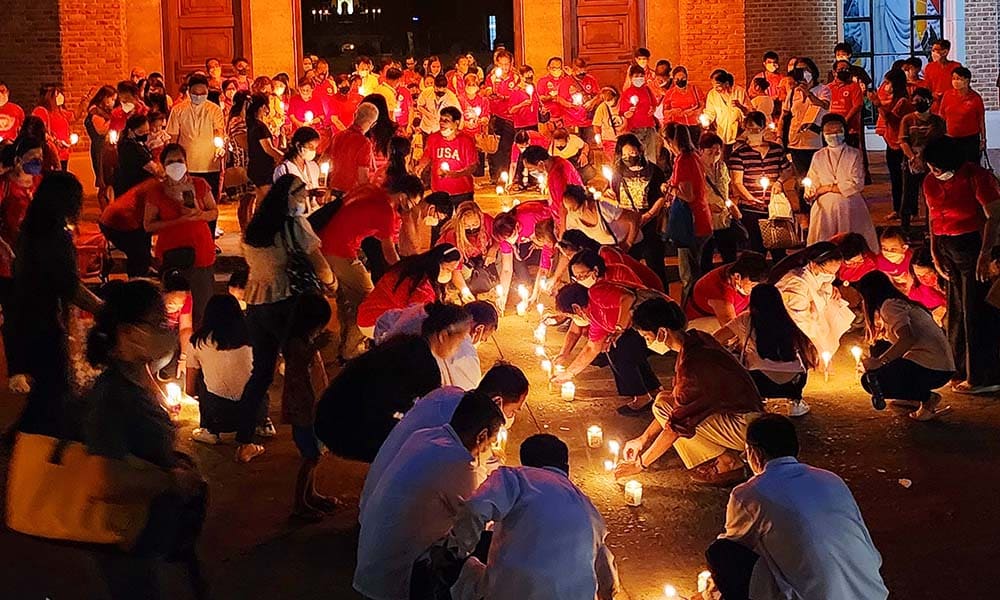The bridges of lights

By Rex Catubig
I’VE always been enamored with bridges. My generation was awed by the Bridge on The River Kwai and stomped to its marching music. But my forever love is the romantic Golden Gate Bridge that straddles the strait between San Francisco and Sausalito. It is the reason I left my heart there. But I have fond memories of other iconic bridges, too.
Before taller buildings partly hid it from view from any of the balconies of the Hilton San Francisco on Union Square, the Oakland Bay Bridge was a stunning sight to behold especially in the wee hours of a full moon. Then, farther north, the magnificent Carquinez Bridge is a breathtaking surprise as you descend from the hilltop road that leads to it. Up in the East, in New York, there is the cinematic Brooklyn Bridge that has been immortalized in films, and dramatized the fleeing of a frightened public, following the terrorist attack of 9/11.
Great cities have always sprung from bays and riverbanks. And from these cradles of culture and history, emerged the phenomenon of bridges that aside from their utilitarian purpose as conveyances are symbolic of man’s need to reach out, extend beyond his range, and connect across a barrier.

The lighting of the Quintos Bridge and the Perez Bridge that span the river bisecting the east and west of the city, is holiday-inspired in keeping with Christmas tradition. Though unwittingly, it is a befitting celebratory gesture that pays homage to the historical imprints these structures bear.
The Quintos Bridge derives its historical importance from its location. At its foot was the Spanish outpost where the last of the Spanish contingent was defeated by the local revolutionaries.
For its part, the Perez Bridge memorializes the 1990 earthquake that devastated Dagupan yet proved its strength.
This calls to mind the unheralded Franklin bridge at the western riverbank of the city. Aside from being the gateway to the western towns of Pangasinan, it was the lifeline to the pioneer Colegio de San Alberto Magno in Barrio Calmay that established then Dagupan as an educational center. Erected in 1891 by the Dominican Order, the elite school had the distinction of being the alma mater of scions of prominent families who later distinguished themselves as local civic and political leaders.
All these considered, in the interest of cultural heritage revitalization, it behooves the city to embark beyond its gaudy holiday decoration and bestow upon these bridges of history their proper mark of honor. They must be rejuvenated not solely for decorative value but for their cultural significance in the city’s colorful history.
While it is commendable to have the embellished bridges as means to inspire and spread holiday cheer, they must serve a more profound reason—to bridge the past into the present, revalidate their legacy, and reacquaint our people with what comprises the foundations of our being as Dagupenos.
It’s a long way to go, but the bridges provide the passage to arrive at where we started.







